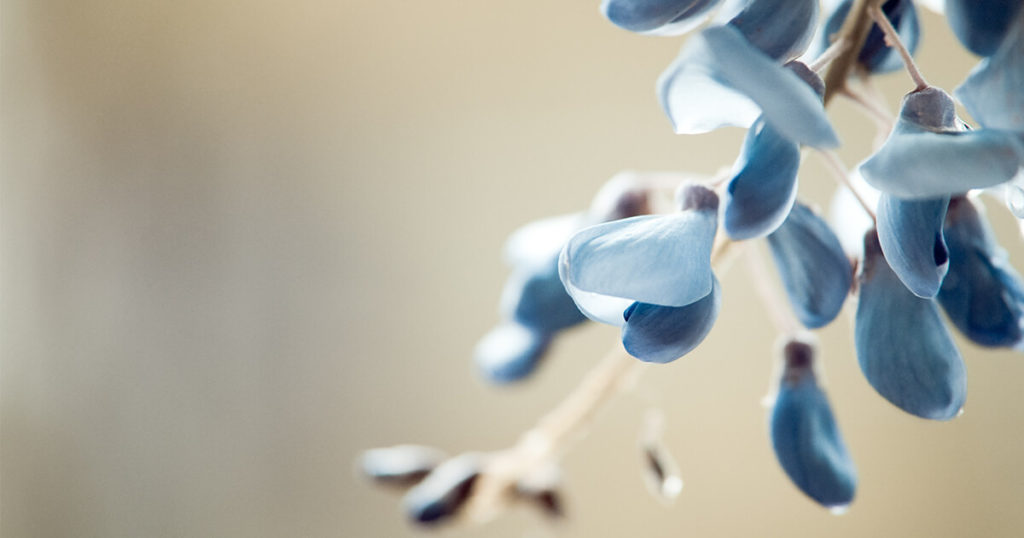
Out past the village of Toft, wheat fields are growing high. In the foreground, though, someone has mowed the old daffodil stalks. The flowers bloomed months ago, and since then, I’ve looked away every time I cycle by the shriveled yellow buds. Even off the bike, there’s hardly time to dwell on dying flowers—Cambridge is full of blossoms. Every day is another taste of a spring-long meal. Why dwell on what’s already been consumed? On my walks through Newnham College, though, I can’t stop looking at the crispy black tulip petals underneath budding white roses. And amid acres of phlox and lavender stalks, grizzled blue and orange flowers linger.
The Romantics got their money’s worth out of carpe diem (and carpe florem) poetry, so leave it to Virginia Woolf to report on the hospital smell of dying flowers. Chrysanthemums, too, become “yellow and jaded” overnight, and are “not fit to be seen.” In Cambridge, decomposing lilacs and wisteria are the worst offenders. Their light purple blossoms crinkle into a dusty or rusty mauve. They hang onto branches, refusing to die with dignity. Passersby avert their eyes, admiring instead the roses and linden trees beginning to bloom. Meanwhile, across the street and over fences, bunches of purple flowers snivel and go limp.

